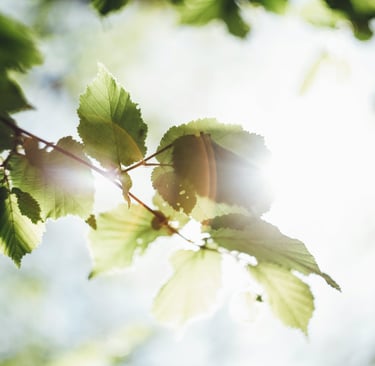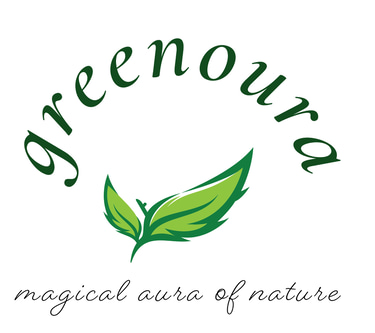Light requirement in Plants
Understand light requirement in plants
1/5/20241 min read


The way the human eye perceives light is bit different to how plants see light. Plants perceive light as particles they can absorb. We measure in watt, lumen or lux for visible light. However, for plant we measure using PAR/µmol, PFF and PFFD. Plants primarily uses red and blue spectrum of the visible light.
PAR/µmol - Photosynthetically Active Radiation, or µmol as it is also called, refers to the amount of light the plants can use for photosynthesis. PAR is not a light measurement unit, but a unit providing information about the light spectrum used by plants to grow. PFF: Photosynthetic Photon Flux measures how much light reaches the plant in a certain amount of time. PFFD: Photosynthetic Photon Flux Density measures how much light hits a defined plant surface area
All plants need light. Too little and too much light impact plants and requirement varies plant to plant.
Before getting a plant or starting seeds, determine the quality and hours of light in your space. Then choose plants with light requirements that match your environment. Even indoor lights may do the job for low light requirement plants, also you can keep some plants indoor but let them have sunlight for few hours as long as it meets the required light requirement.
Broadly let’s break into three categories :
a) Low light plant (PPF : 50-150 µmol). Suitable for a dark corner, these are plants growing underneath the branches of larger plants. In environments with less light, plants grow more slowly and use less water. Avoid overwatering by feeling the soil
b) Medium light plant (PPF : 150-250 µmol). A medium-light plant would be suitable for east-facing windows or located near a west-facing window, but out of direct light. Like the low light plants, these plants will not dry out as quickly. Avoid overwatering by feeling the soil
c)High light plant (PPF : 250-400 µmol). A high-light plant would be suitable for brightly lit locations such as south- or southwest-facing windows. High-light areas can be warm, making plants dry out faster. Check these plants more frequently and water when soil is dry.
Contact us
sonia.greenoura@gmail.com
Digital presence
(+91) 9667476590
We have with us proven packaging and shipment partners to deliver products pan India. It is important to us that product reaches you properly.
In case of damage during shipment, just share an unboxing video on WhatsApp, either replacement or refund will be done. No hidden charges. No questions asked
